Grounded in History, Poised for the Future
The generation, delivery, and use of electricity has continued to evolve since key technological advances were made in the nineteenth century by famous inventors with names like Edison, Tesla, and Westinghouse. At first, electric generation was local to neighborhoods or factories, and distribution over distances was limited. By the late 1800s, the ability to distribute electricity over longer distances had evolved and a new era in American industrial strength had begun. Rivers had long turned waterwheels to power mills and industries throughout history, so early developers of commercial electricity logically saw hydropower as a natural, proven, and reliable partner in their endeavors.
Great River Hydro’s facilities are directly tied to the dawn of this transformation in New England. They have remained a steadfast feature throughout the century that has followed, growing and changing over time to meet the needs of New Englanders. Today, Great River Hydro’s uniquely capable fleet of renewable hydropower generators stand ready to meet our region’s needs as it transitions to a more carbon-conscious energy supply.
-
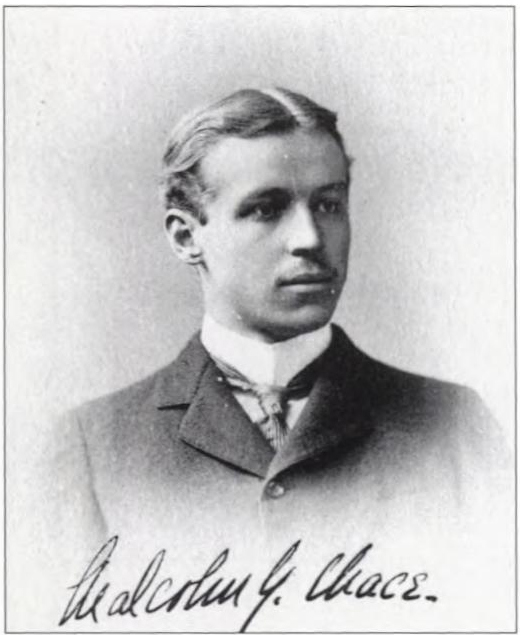
1903 Chace
1903 | Legislation passed forming the Chace and Harriman Company, paving the way for creation of hydroelectric facilities in northern New England.
-
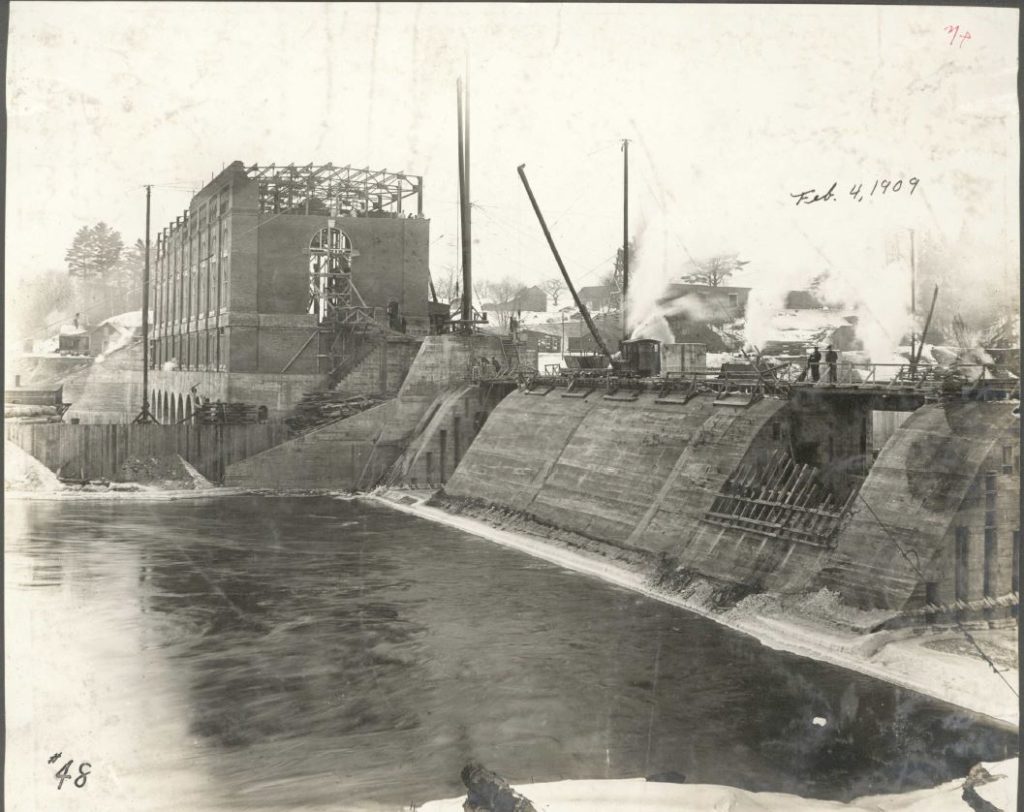
1909 Vernon Image
1909 | Vernon hydroelectric facility, the first developed by Chace and Harriman, began operating to provide power to industrial load centers in Massachusetts over 60 miles away.
-
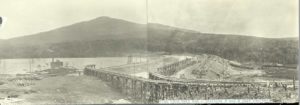
1911 Large Headwater Image
1911 | A large headwater storage reservoir (Somerset) is built at the top of the Deerfield River watershed in Somerset and Stratton, Vermont to provide consistent downstream flows.
-
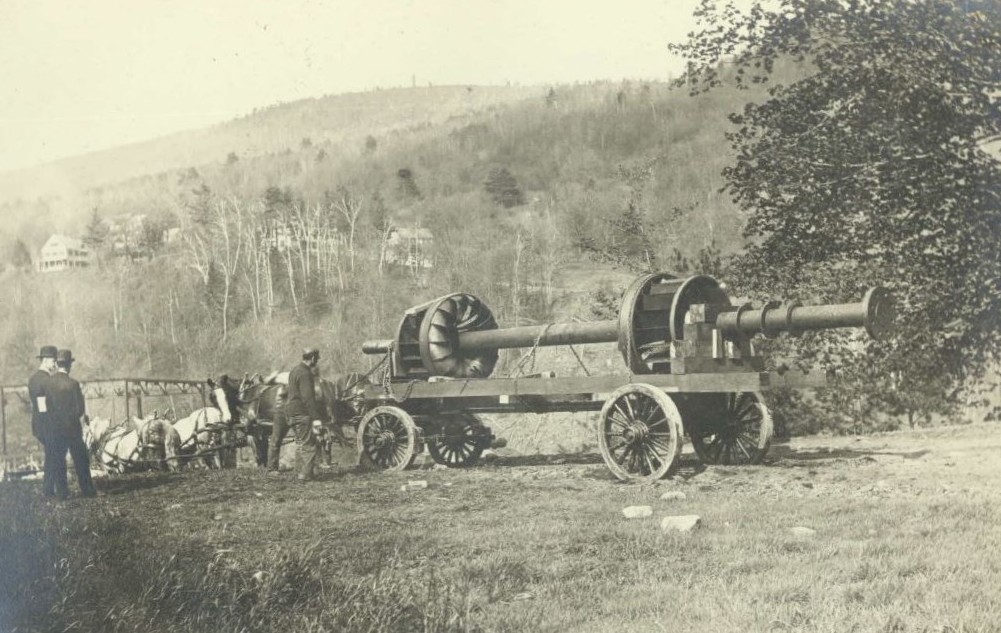
1911 Headwater Image 2
1911 | At the same time, three standardized stations (Deerfield No. 2, Deerfield No. 3, and Deerfield No. 4) were built in the vicinity of Shelburne Falls, Massachusetts, coming online in 1912 and 1913. The No. 4 development included a 1,514 ft long tunnel blasted out of bedrock to connect the dam to the forebay above the powerhouse.
-
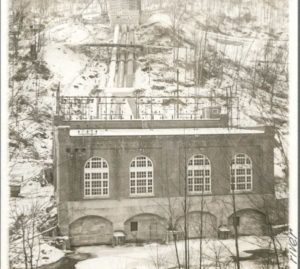
1915 Deerfield Image
1915 | Deerfield No. 5 station was completed replacing the steam generator used to power electric trains going through the Hoosac Tunnel. Water was diverted from the dam to the powerhouse through a 2.8 mile long canal/conduit/tunnel water delivery system.
-
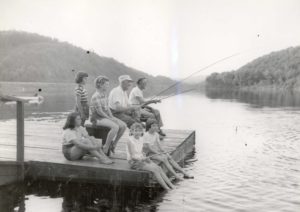
1920 Federal Water Power Act
1920 | Federal Water Power Act enacted. The Act, renamed the Federal Power Act in 1935 and amended many times, established and empowered the Federal Power Commission (later renamed the Federal Energy Regulatory Commission or “FERC”) to regulate hydroelectric development in the United States. Public recreation at hydropower projects was one of the important outcomes.
-
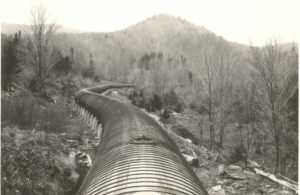
1922 Searsburg Image
1922 | Searsburg development comes online on the Deerfield River, with water being conveyed from the dam to the powerhouse via a sinuous, 18,412 ft long, 8 ft diameter, wood-stave pipe called a “penstock”.
-
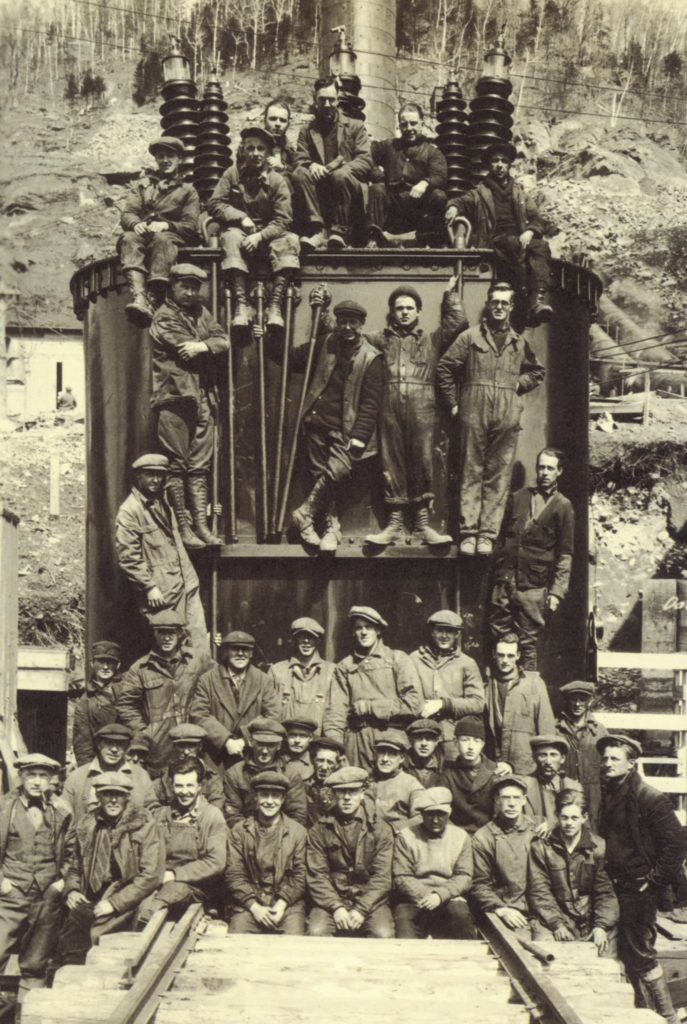
1924 Harriman Station
1924 | Harriman Station comes online – the largest hydroelectric facility east of Niagara Falls at the time, and Harriman Reservoir remains the largest man-made lake in Vermont today. The dam and the powerhouse are connected by a 12,812 ft long, 14 ft diameter bedrock tunnel.
-
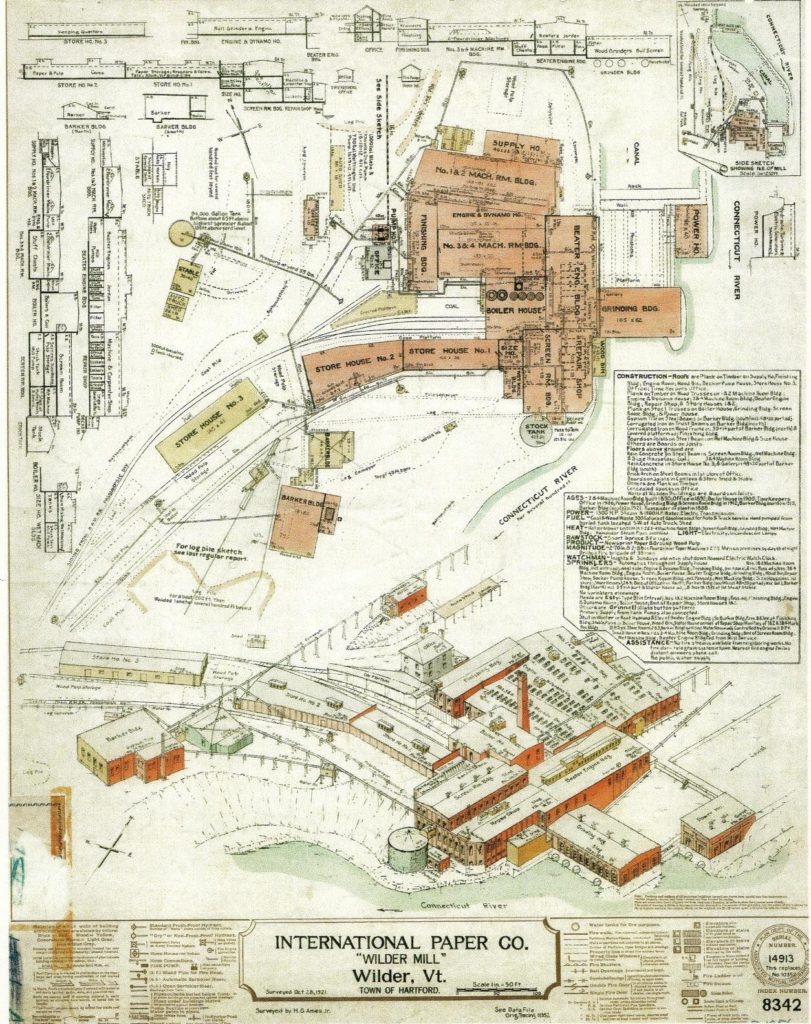
1926 WW1
1926 | World War I caused severe shortages and a drastic increase in the cost of power. Chace & Harriman decided to sell most of their company to the International Paper Company, whose economically failing paper mills were still capable of creating hydroelectric power, thus creating the New England Power Association (NEPA).
-
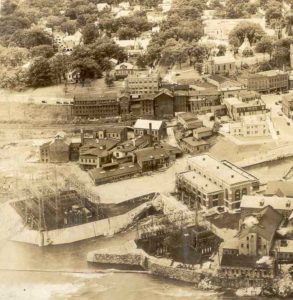
1928 New Bellows Falls Image
1928 | The Bellows Falls station comes online, together with new dam and improved canal, matching the generating capacity of the Harriman Station.
-
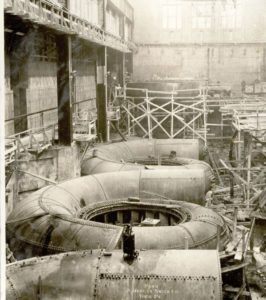
1930 Comford Image
1930 | Comerford Dam is built at Fifteen Mile Falls on the Connecticut River, the largest hydroelectric development in New England when completed. President Herbert Hoover remotely initiates the generation of electricity with a push of a button, 6 years prior to the construction of the iconic Hoover Dam. The power was sent 126 miles for use in Massachusetts.
-
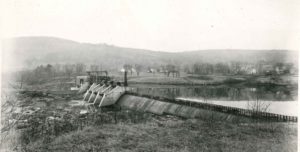
1931 McIndoe Image
1931 | McIndoe hydropower project was built to even out discharge flows from the larger Comerford Dam.
-
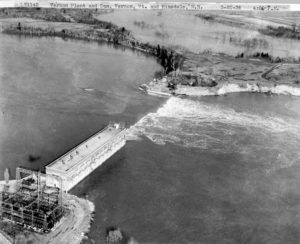
1930-1934 NEPA
1930 - 1934 | NEPA’s period of expansion came to a halt with the Great Depression and compounded by damage to its facilities caused by two successive major flood events later in the decade.
-
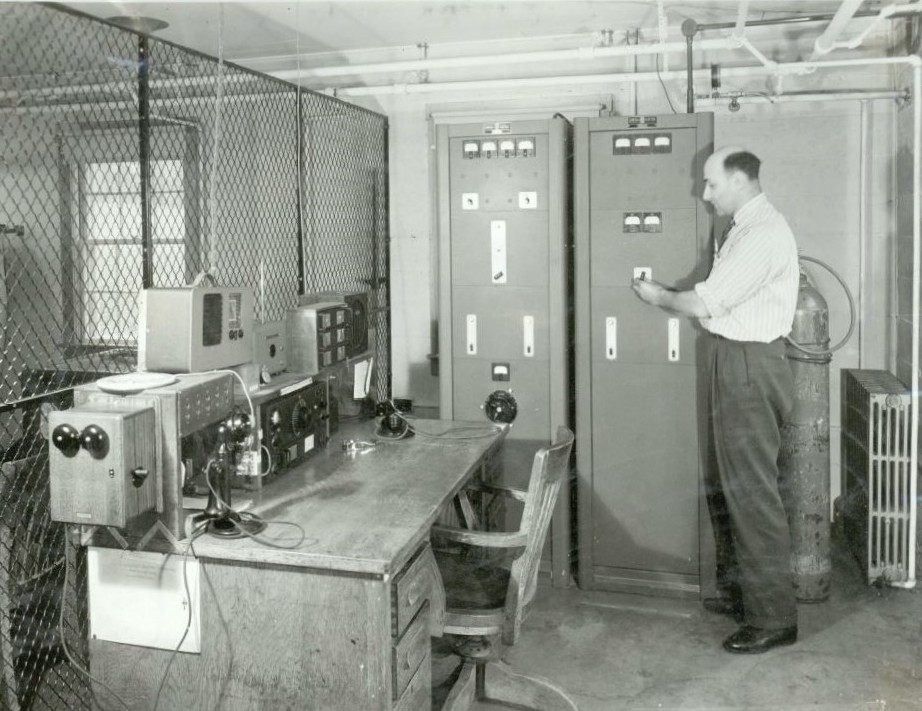
1940 WW2
1940's | Early economic growth followed by the onset of World War II, NEPA recovers from the preceding decade to meet the heavy demands of the war-related industry despite severe shortages of labor and materials.
-
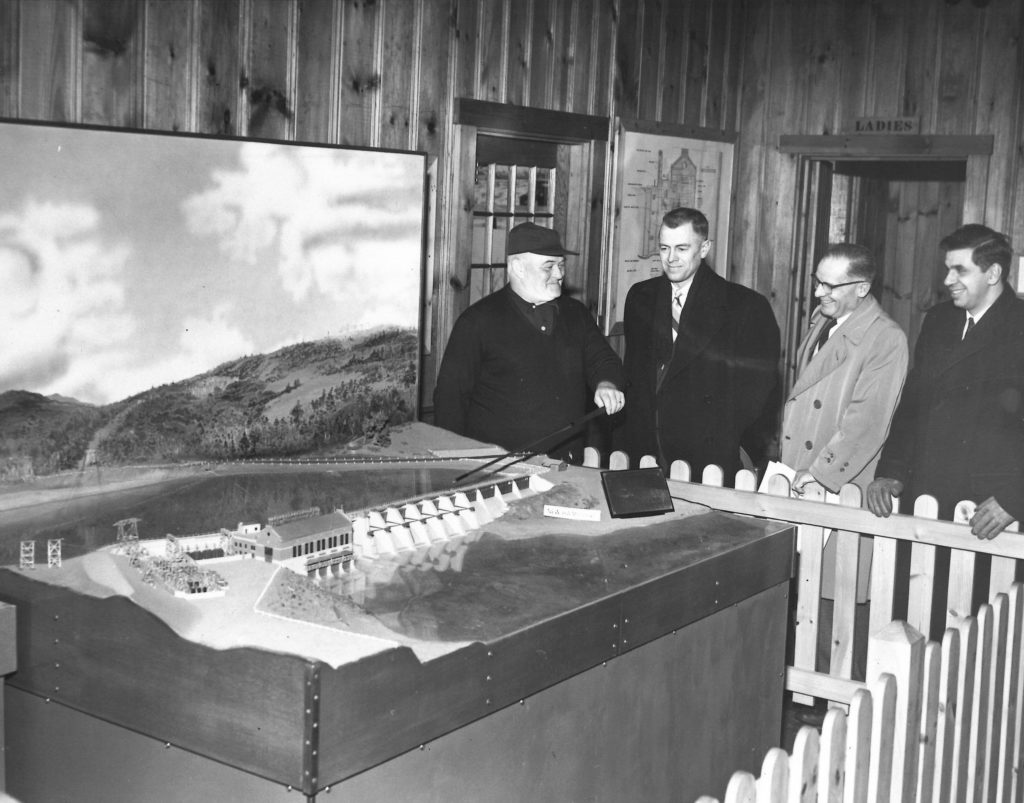
1950 Wilder Image
1950 | Wilder Station operations begin, built just downstream of and replacing an earlier facility called Olcott Falls, a former International Paper Company facility that had ceased paper production in 1928.
-
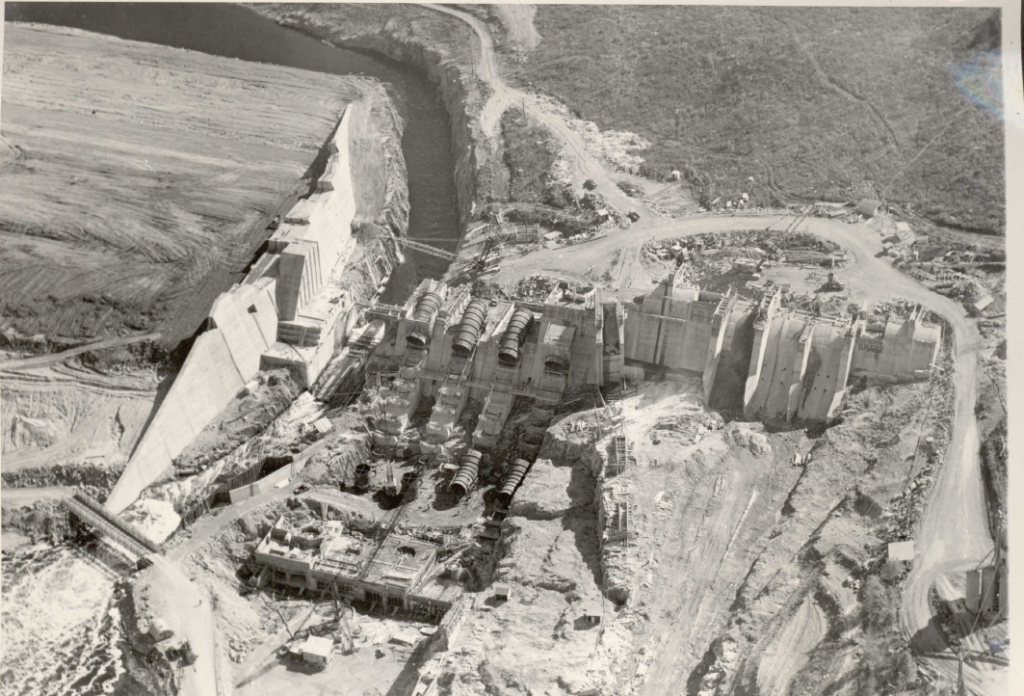
1956 Moore Reservoir
1956 | Moore reservoir and dam are completed along the Connecticut River. Its large storage capacity is used to regulate river flows on a seasonal basis and to generate power during peak demand periods. It remains the largest conventional hydropower facility and largest earthen embankment dam in New England to this day, topping Comerford for the title.
-
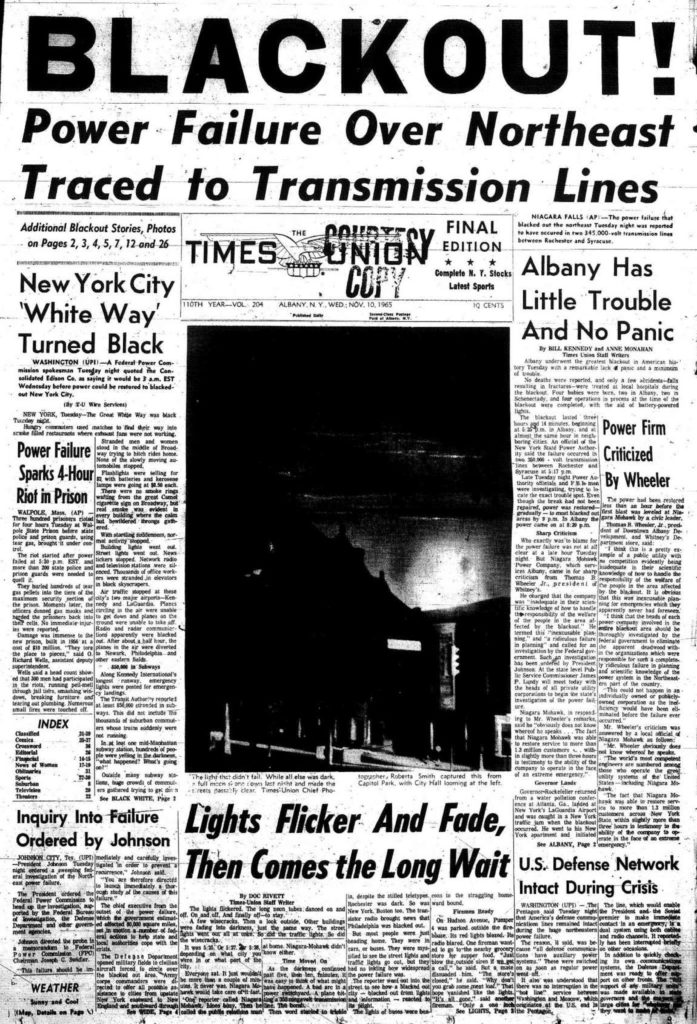
1965 Northeast Blackouts
1965 | Northeast blackout occurs. While most fossil generating plants require electricity to start, hydro plants can be started by manually opening water gates to get turbines running directly by the force of gravity. Harriman was the first hydro plant on, followed by others, which then went on to “jump start” steam plants elsewhere on the system.
-
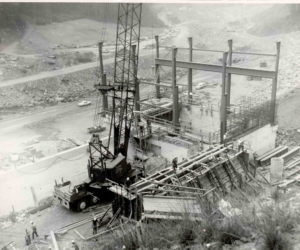
1973-1974 Deerfield No. 5
1973 | Oil crisis fuels new emphasis on energy conservation and domestic energy sources.
1974 | A new Deerfield No. 5 station comes online to make way for the Bear Swamp pumped storage facility (now owned by others) constructed at the same time in the vicinity of the original No. 5 station.
-
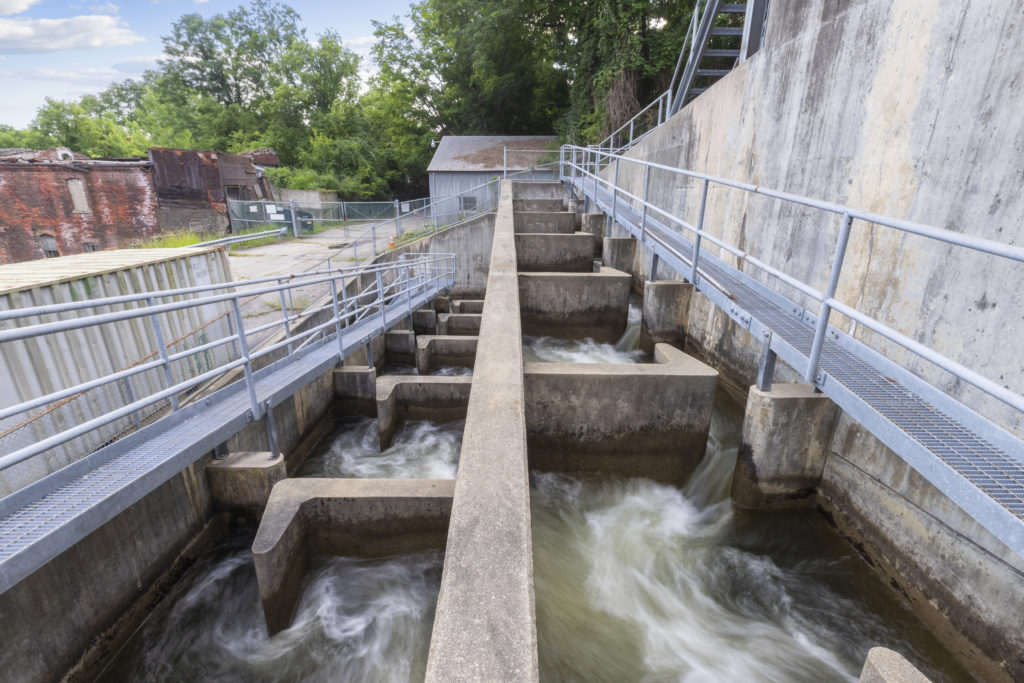
1978 Connecticut River Atlantic Salmon Commission
1978 | Connecticut River Atlantic Salmon Commission (CRASC) approves settlement agreement concerning fish passage facilities for American Shad and Atlantic Salmon at Vernon, Bellows Falls and Wilder. Settlement called for staged design, construction and operation of passage facilities.
1981 - 1995 | Vernon, Bellow Falls and Wilder stations complete permanent downstream fish passage facilities.
-
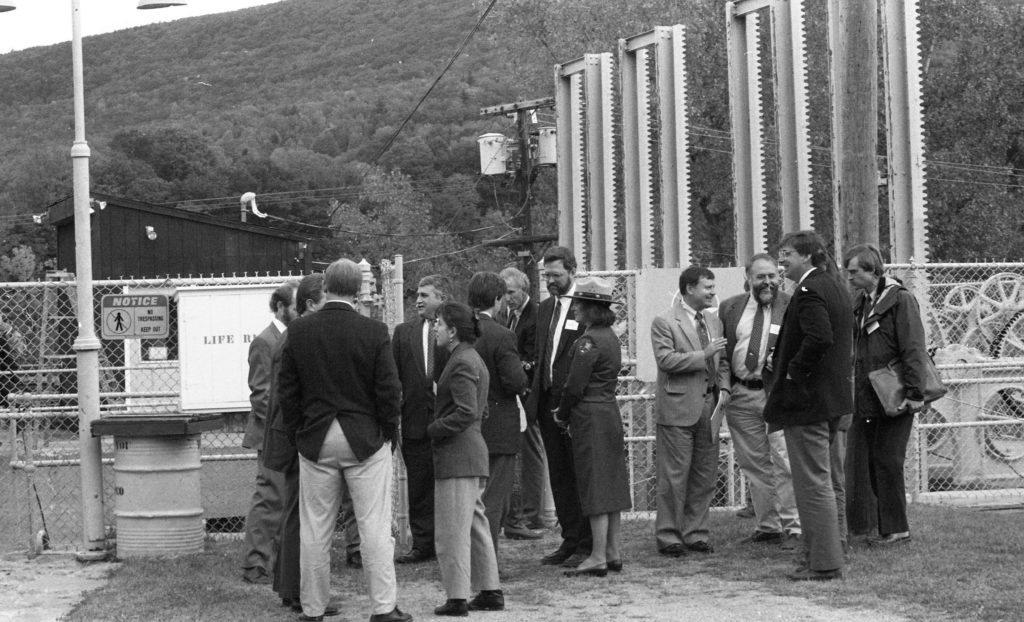
1994 New England Power Company
1994 | New England Power Company signs a first-of-its-kind settlement agreement with a dozen environmental agencies and non-profit organizations regarding the framework of a new operating license for the Deerfield River hydropower facilities. Image courtesy of the Appalachian Mountain Club Library & Archives
1997 | New England Power Company signs another settlement agreement with fifteen stakeholder groups regarding the framework of a new operating license for its Fifteen Mile Falls facilities, the largest conventional hydropower project in New England. The Deerfield and Fifteen Mile Falls settlement agreements became a national model for collaborative stakeholder engagement in the FERC process to balance hydropower generation and resource protection.
-
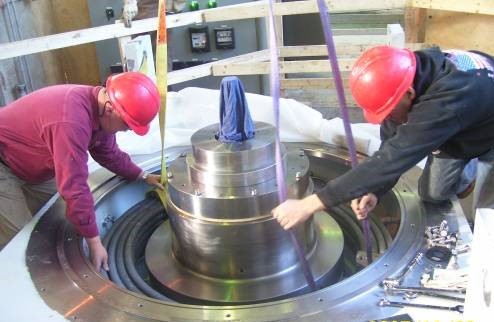
2007 upgrades to vernon
2007-2010 | Efficiency enhancements made to Comerford generators increasing output nearly 6%.
2008 | Upgrades made to Vernon hydroelectric station, replacing 4 existing 2.0 MW turbine generator units with 4.0 MW turbine generator units. (pictured)
-
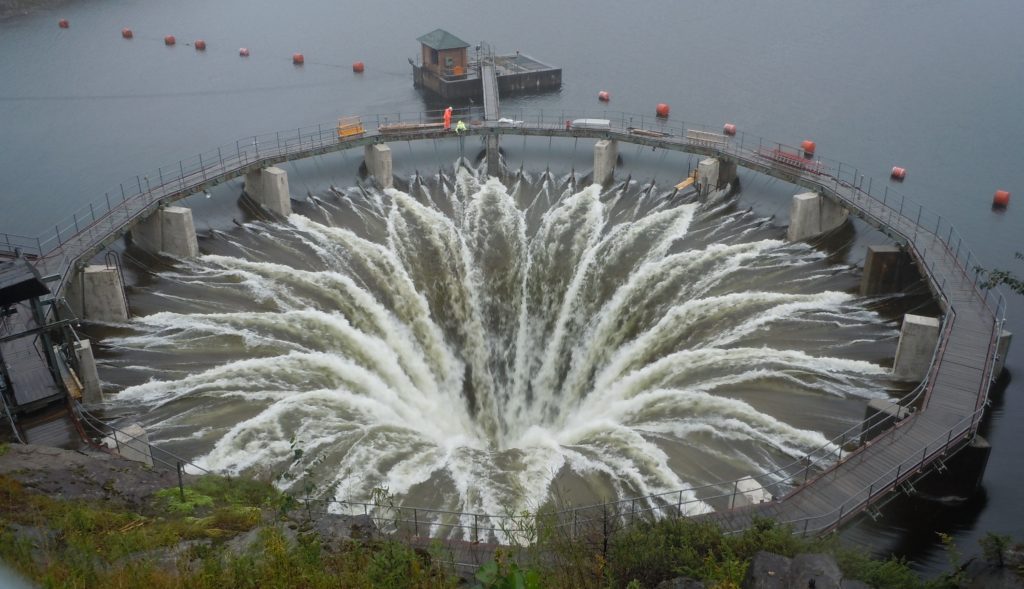
2011 Irene
2011 | Tropical Storm Irene drops historic rainfall on the new England region. Operational preparation helped lessen downstream flooding impacts.
-
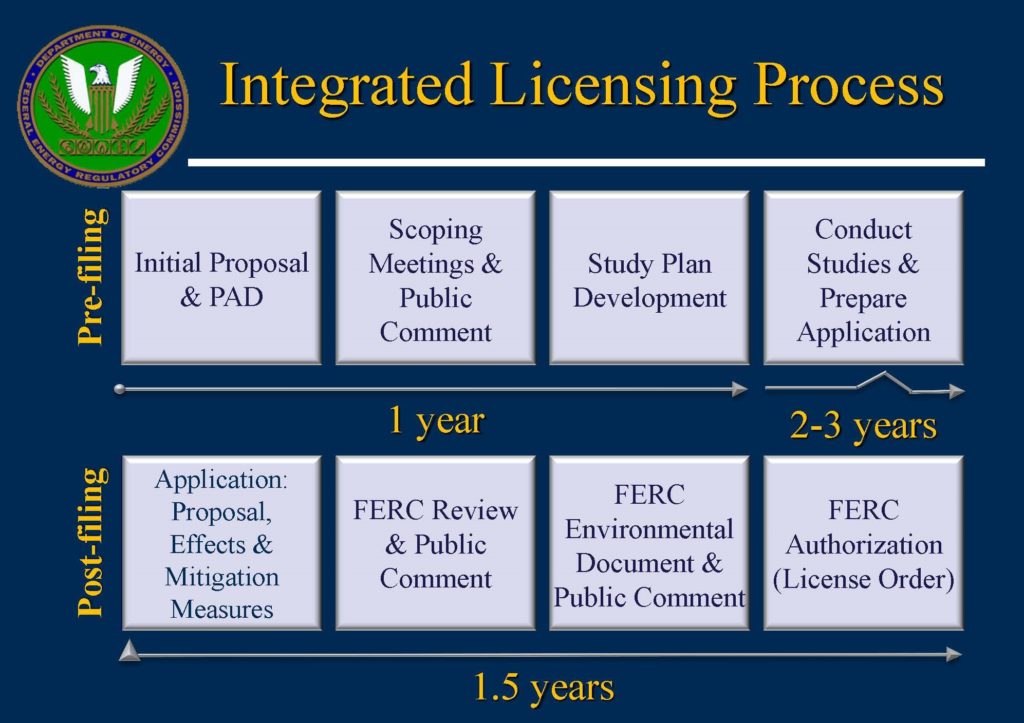
2012 Relicensing
2012 | FERC Relicensing of Wilder, Bellow Falls and Vernon begins using the Integrated Licensing Process.
-
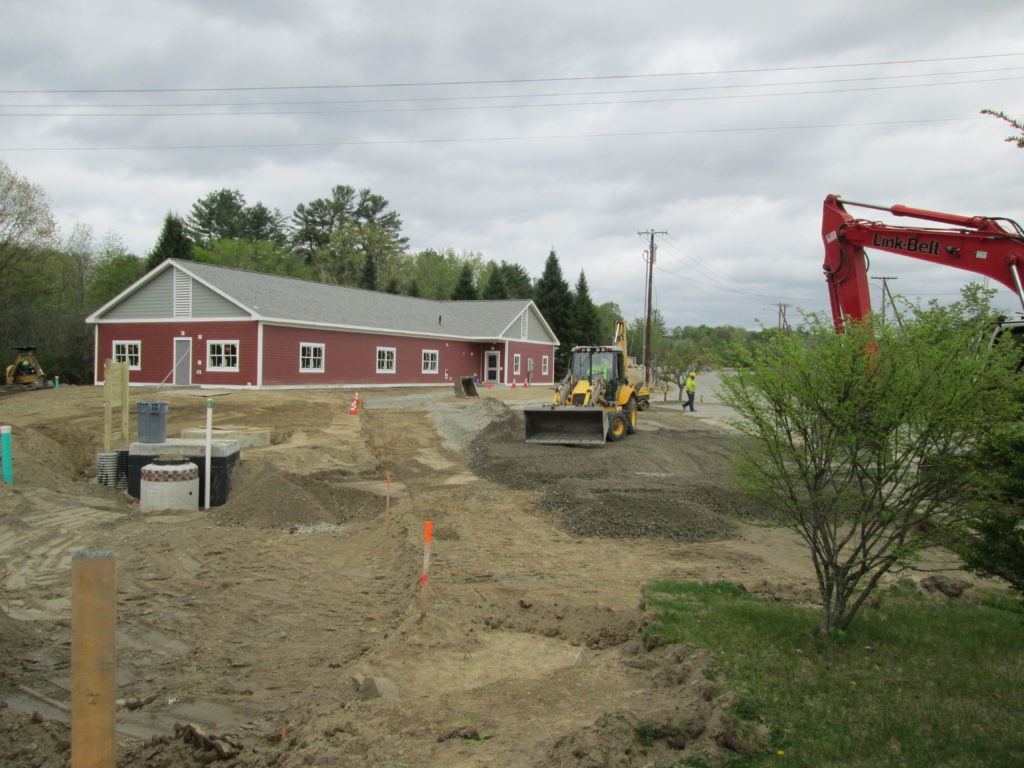
2014 State of the art Renewable
2014 | New state-of-the-art Renewable Operations Control Center opened in Wilder, Vermont, capable of remotely overseeing and operating all facilities on the Connecticut and Deerfield Rivers 24 hours per day all year.
-

GRH acquires
2017 | Great River Hydro, LLC acquires its portfolio of 13 hydroelectric power facilities and 3 storage-only reservoirs along the Deerfield and Connecticut Rivers.

